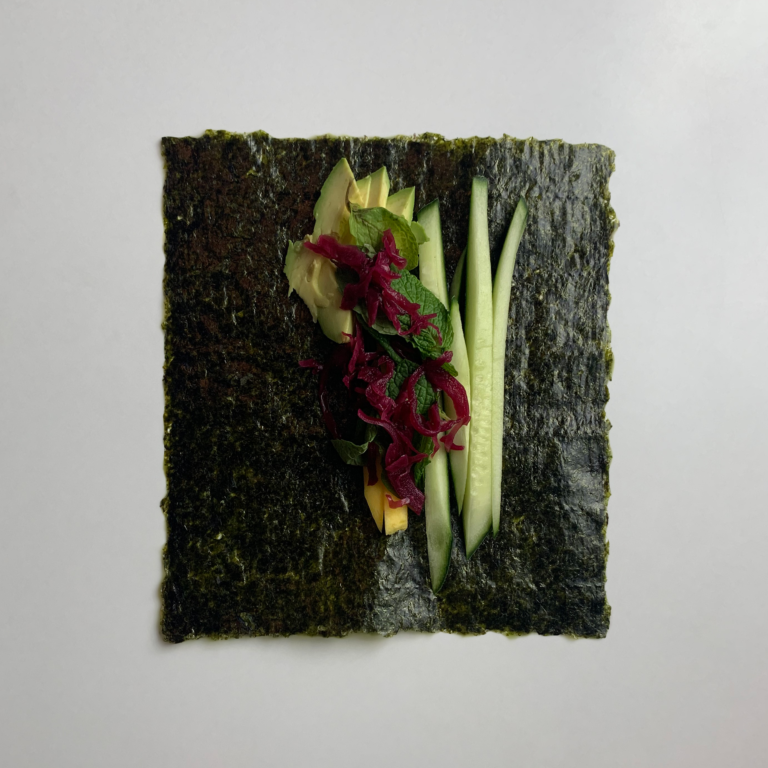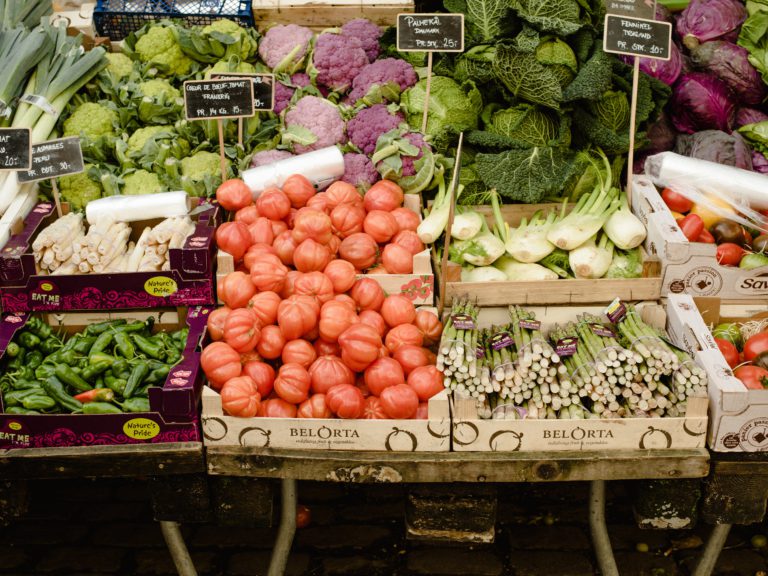Urban Agriculture: How to Build Healthier Communities
The Pandemic Showed Us that Urban Agriculture Is More Important than Ever
Many people who migrated from rural to urban areas for increased economic opportunities saw a decrease in possibilities for gardening and working with the land. Over the past few decades, most urbanites have lost connection with how their food is grown and cultivated. But trends and patterns are changing, and connection is making a comeback through urban agriculture.
As many of us went into isolation and quarantine this year, urban gardening gained even more popularity than it already has in recent decades. People looked to this outlet for food and healthy activity.
What is Urban Farming?
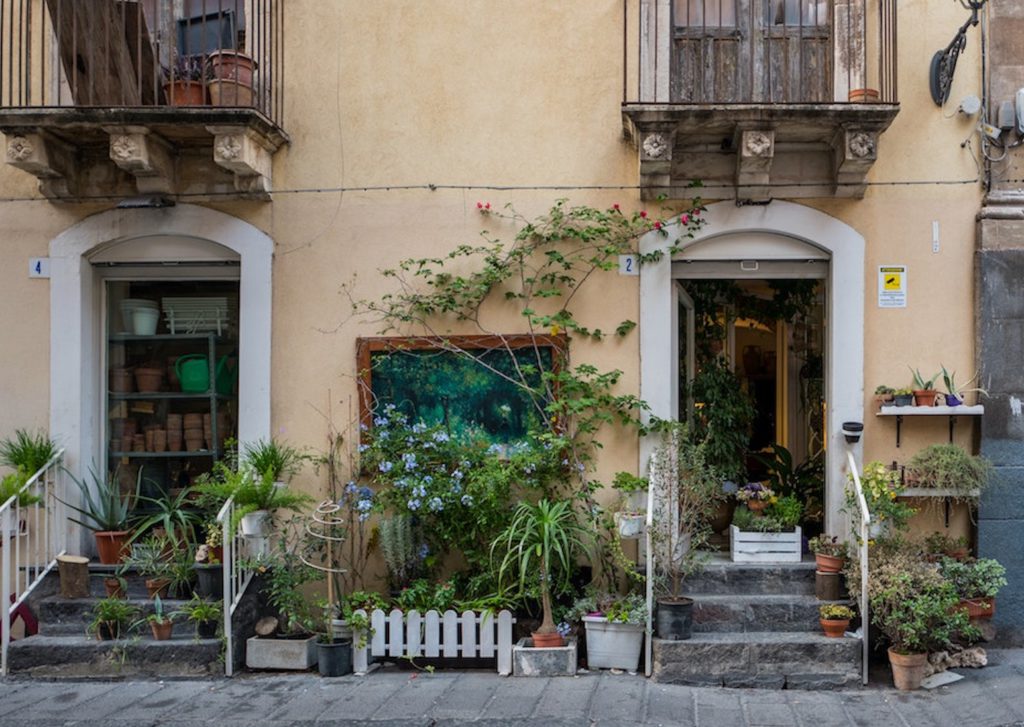
Urban farming or urban agriculture is the process of growing food in urban areas. It can even include animal husbandry and beekeeping. Our cities may not have vast expanses of land, but it is still possible for city dwellers to get their hands dirty and cultivate a fresh tomato or two.
Around the world, cities and community-led initiatives within them have converted small plots and rooftops into urban agriculture sites. In addition, many individuals and families have created gardens on their balconies, rooftops, terraces, and sunny windows.
The Many Benefits of Urban Agriculture
There are many reasons to invest some energy into growing food in urban locations. These benefits have always existed, but as we proceeded into quarantines and lockdowns in 2020, they became clearer than ever.
Tending to plants, growing food, and digging our hands into the earth offer positive psychological, physical, and economic outcomes.
Gardening Is Good for Mental Health
As we began to self-isolate in urban or suburban environments, many of us realized we needed something to do to keep our bodies and minds active and fed. Gardening is a perfect way to do this. In fact, few activities are more life-giving. Gardening in and around our homes gives us the opportunity to interact with nature. Being in nature, even just observing the natural world, can reduce stress and anxiety.
When we practice urban gardening, we build a relationship with the earth and with the food we eat. Even with just a small container garden, we will begin to connect more intimately with the seasons and the elements, with sunlight, water and temperature, with soil and wind. These are important parts of life that are easy to forget about when we are caught up in our busy urban lives. These connections are vital to our mental and emotional well-being.
Harvesting Our Own Food Is Good for Individual Health
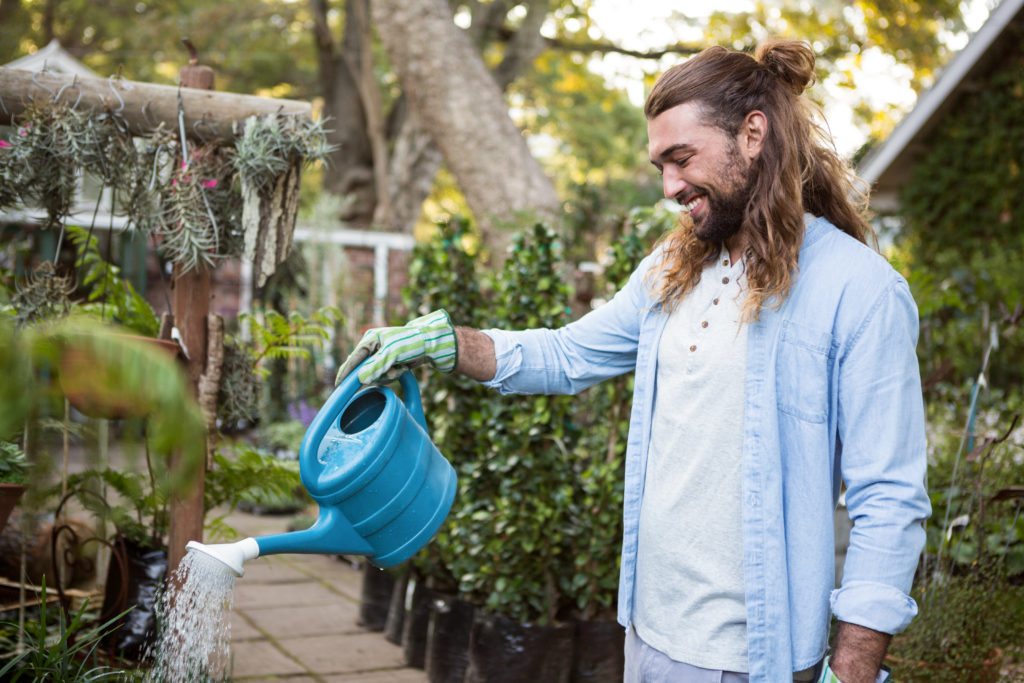
In the past few decades, we have seen how fast and how far food can journey. It’s incredible, really. However, there is nothing better than freshly-grown and recently-harvested food.
Gardening at home, or in our urban communities, gives us the opportunity to access fresh produce. We may not be able to grow every single food item we desire in our little urban spaces, but what we can grow will nourish our bodies and souls.
The food we grow in our own gardens will not require harsh chemicals that are used for preservation in long journeys. And when we control our growing environment, we can use methods that are as organic and chemical-free as possible.
Urban Gardening Is Good for Environmental Health
Growing mass-produced food with traditional farming methods is tough on the planet. Beyond the many resources that are used on the farm, the food then has to be transported from where it is grown to stores and cities, which requires burning a lot of fuel. On average in the U.S., food is now transported between 1,500 and 2,500 miles to reach the consumer. Often, food travels across the entire world before it is consumed.
Urban gardening helps reduce the carbon footprint of the food system by reducing such fossil fuel consumption. It also makes far more efficient use of water. Hydroponic gardening, which is commonly used in urban gardens, uses around 90% less water than conventional farming.
More gardens, and more green spaces in general, make for more pleasant and habitable cities. More plants means more oxygen, and oxygen is just a little important for human and planetary health. In fact, right now, take one deep, full breath into your lungs and belly, and as you exhale, thank the plants around you. They make it possible!
As well as making oxygen, plants, gardens and trees help us with our carbon output by soaking it up and storing it. Urban gardens also increase biodiversity within cities, and potentially even help with temperature and water regulation on a small scale.
Of course, if your particular urban garden is limited to containers in your sunny windows, you may not invite any forest friends into your apartment, but at least you will get some good oxygenation going inside your living space.
Building Healthier Communities
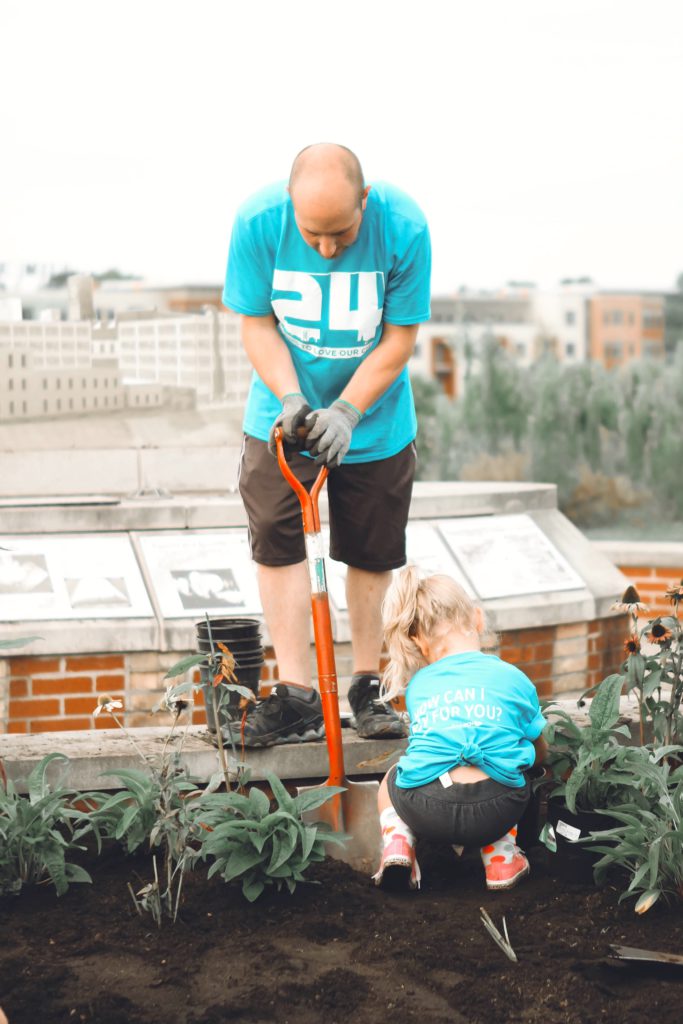
Many people have individual plots, terraces, or container gardens. However, many communities use shared spaces to create urban gardens. These initiatives can help bring individuals, families, and neighbors together for the common purpose of growing sustainable food. This helps teach our children valuable lessons about nature, our food system, and sustainability.
Detroit, Michigan is a city known for its urban gardening initiatives. After the booming automobile industry declined in Detroit, the city dynamics and urban landscape changed dramatically, leaving many lots open and buildings abandoned. Now, Detroit has over 1,400 community gardens and many nonprofit organizations with missions devoted to things like food sovereignty and community development.
The 2020 pandemic gave us new opportunities to put our hands to work in the soil and plant new seeds for a different future. However, pandemic or not, there is value in investing energy in urban gardens.
How to Get Started
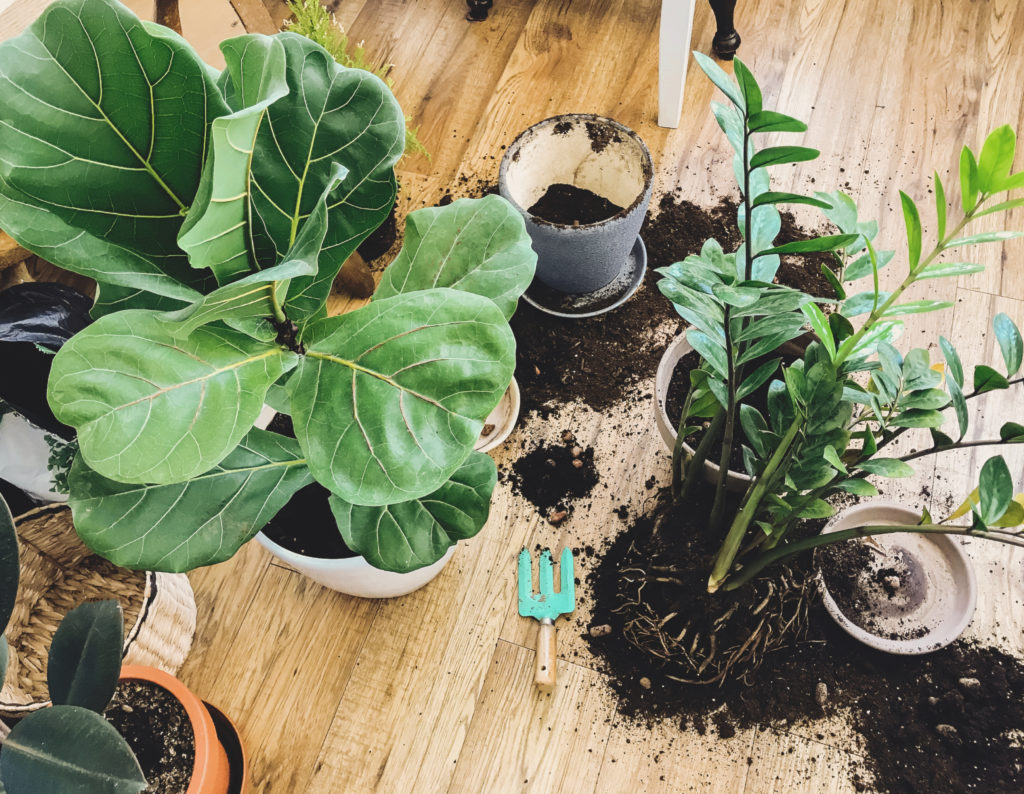
Find out what initiatives are happening in your city. Are there designated garden spaces? Are there nonprofits devoted to urban gardening and community development? If so, they will probably be happy to put you to work. If your community doesn’t have a designated garden space or plot, you could start one!
If that sounds a bit too ambitious, start small with a few plastic or terracotta clay pots. Check out your local nursery or garden center, and find some good organic soil. If you’ve never gardened before, it may be better to start with small plants. Pick a few of your favorites, ask a lot of questions, and find out what they like in terms of water and sun. Then, go home and get your hands in the dirt.
There are so many ways to build healthier lifestyles, diets and communities. Visit our agriculture IQ section to learn more about sustainable and regenerative practices:


